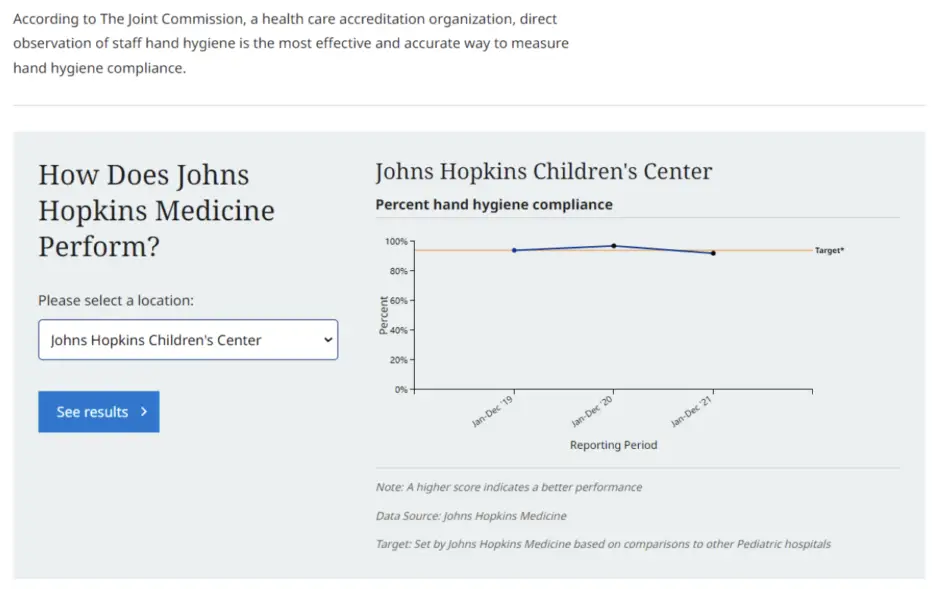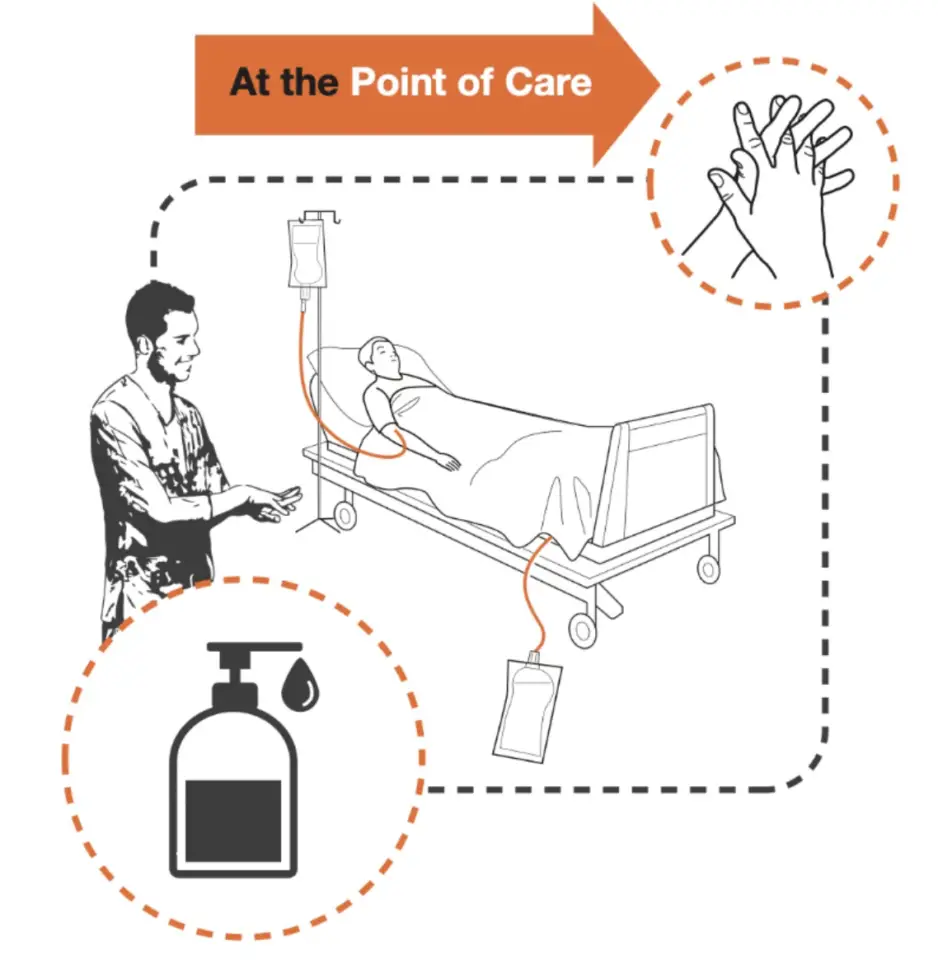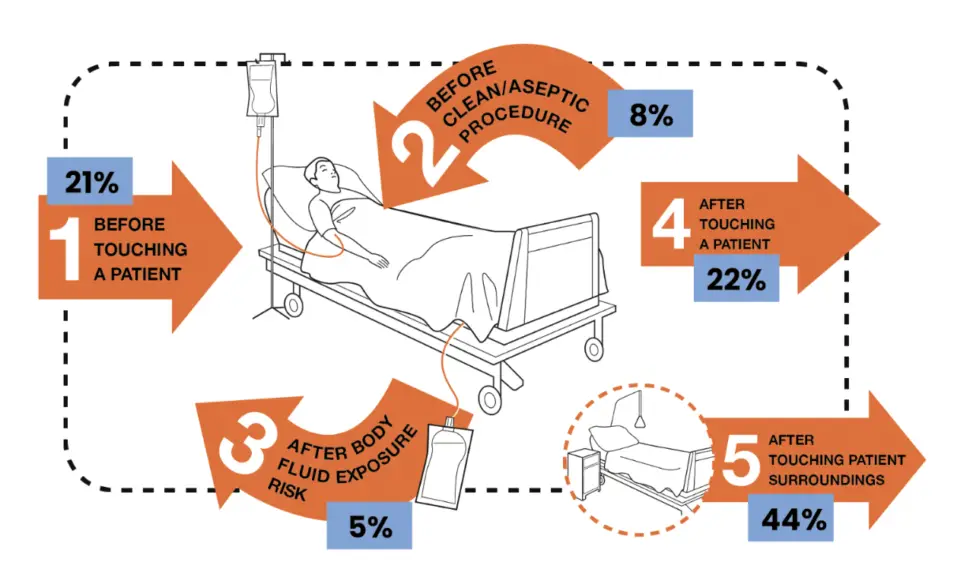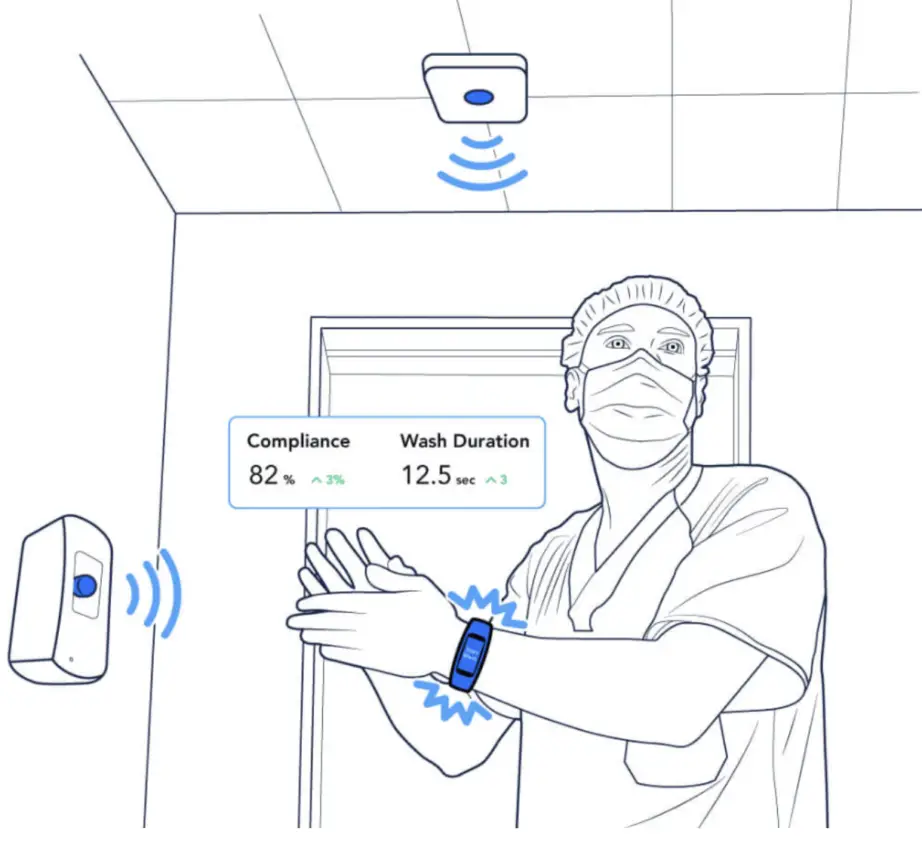As health-care linked infections can have major implications, such as increasing mortality and speeding morbidity, compliance monitoring and surveillance is a crucial responsibility in hospitals and healthcare facilities. Johns Hopkins Medicine places a high priority on good hand hygiene. Each year, more than 65,000 hand hygiene observations are recorded. The leadership and personnel of the hospital are informed of this information.
Its health system uses these data to constantly improve hand hygiene so that they can give each patient the safest and most effective treatment possible.
Also Read : Linuxtechlab Homepage
What Measures Do They Take to Monitor Hand Hygiene Compliance?
According to The Joint Commission, a health care accreditation organization, direct observation of staff hand hygiene is the most effective and accurate way to measure hand hygiene compliance. Said on their official website.

Introduction of Directly Observing Hand Hygiene Methods
in routine medical care procedures, the time and implementation of hand hygiene by medical professionals are observed and recorded while the observed personnel were not informed. The hand hygiene compliance rate was then computed to assess the compliance of hand hygiene. This observations are usually performed by specially trained observers.
based on the requirement to assess hand hygiene compliance, the observers will select a location to make observation and the length of time not exceeding 20 minutes. Some record content of hand hygiene observation mainly including:
- a) For each observation, record the date, the start and finish times, the location (such as the name of the hospital or ward), and the observers.
- b) Keep a record of personnel been seen (doctors, nurses, carers, etc.), and the hand hygiene indicators such as the wearing of gloves, the accuracy of the hand hygiene technique, etc.
- c) Calculate the two hand hygiene compliance rate:
- Hand hygiene compliance rate = number of real times to perform hand hygiene / number of times ought to perform hand hygiene × 100%
- Correct rate of hand hygiene = times of correct hand hygiene / times of performing hand hygiene × 100%
The direct observation approach has the benefit that specific information, such as hand washing, hand disinfection, the use of glove, the rubbing process, and variables that impact the disinfectant action, may be seen in detail.
Direct Observation to Promote Hand Hygiene Compliance Might Not Be Always Reliable
The above-mentioned direct observation method's introduction shows that it involves a lot of work, takes time, calls for trained observers, has selection bias, the Hawthorne Effect, and observer bias.

Hawthorne Effect
Nobody enjoys being observed, and there is a Hawthorne Effect present. People adjust their behavior to fit whatever they are being monitored for when they are aware that they are being observed. As a result, the hospital personnel may wash their hands more frequently while they are aware that someone is monitoring them, but when no one is looking, they may stop.
Huge Workload
In a facility of any size, tens of thousands of hand washing occasions occur each month. It is difficult to personally watch more than a minuscule percentage of the encounters, exams, and procedures that involve so many patients and employees. Even within a single hospital, there is rarely a one-size-fits-all program that meets the requirements of various care delivery modalities and contexts.
Observer Mistakes
Human observer monitoring and surveillance have their own set of challenges, such as loss of observer focus, human error build-up, and professional deformation.
IoT Solutions to Perform Hand Hygiene Compliance
Solution 1: hand sanitizer bottle with built-in sensor
In 2020, Fukui University once developed a BLE-based hand hygiene monitoring device to make sure hospital staff adhere to hand cleanliness rules. Nurses carry a hand sanitizer bottle with a sensor on them all the time. Every 0.2 seconds, the sensors send a Bluetooth signal to nearby Bluetooth gateways. When the bottle is pumped, the transmission is halted, notifying the location information of each healthcare worker or the pumping of each hand-sanitizer spray. This hand hygiene monitoring solution therefore shows who used hand sanitizer, when they did it, and where they did so.

The University of Fukui Hospital reported a more than 300% increase in the frequency with which healthcare workers cleaned their hands while responding to patients. Additionally, according to a study done at the Nagoya University Hospital, nurses used 40% more hand sanitizer overall. The benefit of the method is that hand hygiene is automatically checked without requiring medical professionals to divert from their regular duties.
Solution 2: Voice-based hand hygiene reminders
Clinicians always have a badge reel on their belt or collar from which to hang their credentials. A business uses BLE-enabled badge reels in place of conventional ones. It will interact with IoT sensors mounted on soap and hand sanitizer dispensers in patient care areas. The IoT sensors track when a physician enters or exits a patient's room, and send the message to a BLE 5 WiFi Ethernet gateway to inform the voice reminder. The real-time voice reminder will ring if the clinician doesn't apply sanitizer or soap within a predetermined number of seconds.

Final Words
One of the best methods to stop healthcare-associated diseases and lessen their spread is to practice good hand hygiene. Electronic hand hygiene monitoring systems have been included into the everyday routines of healthcare professionals to assess the quality and compliance of their hand hygiene practices as a result of recent advancements in sensor-to-cloud technology.
For hand hygiene compliance promoters, instead of fostering a culture of excessive scrutiny, giving personnel facts and insights in real time allows them to manage issues, might be a better choice. Meanwhile, hospitals may increase awareness of this problem and influence cultural changes by utilizing digital technologies for monitoring compliance with hand washing recommendations. When hand hygiene is elevated to a priority that merits a dedicated solution that tracks staff behavior around-the-clock, behavior may be changed more easily as part of a bigger cultural transformation. Data also makes it simpler to train employees and assess each person's development, which is another benefit.
We are giving you exclusive deals to try Linux Servers for free with 100$ credit, check these links to claim your 100$,
DigitalOcean - 100$ free credit & Linode - 100$ free credit
Check some Exclusive Deals, HERE.
Also, check out DevOps Book You should read section.
